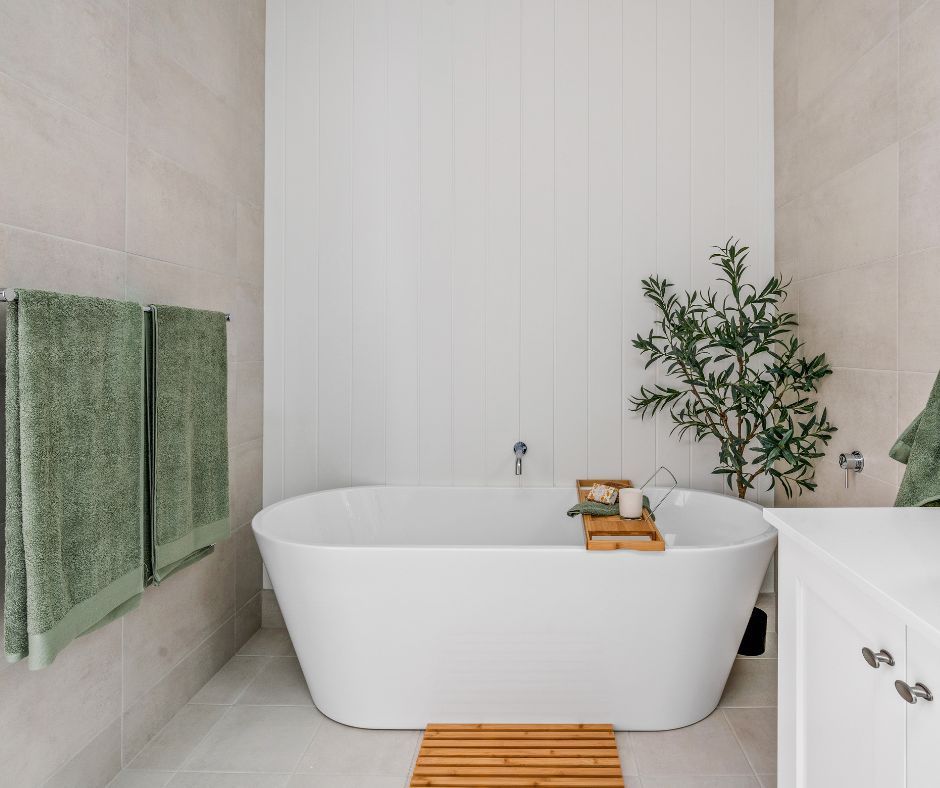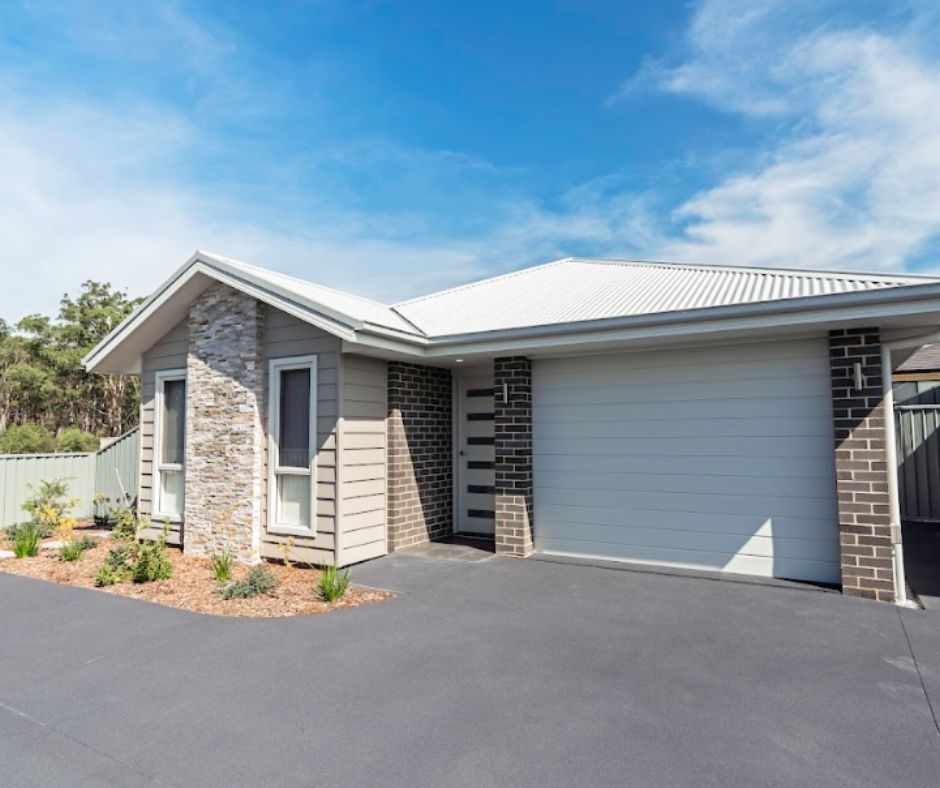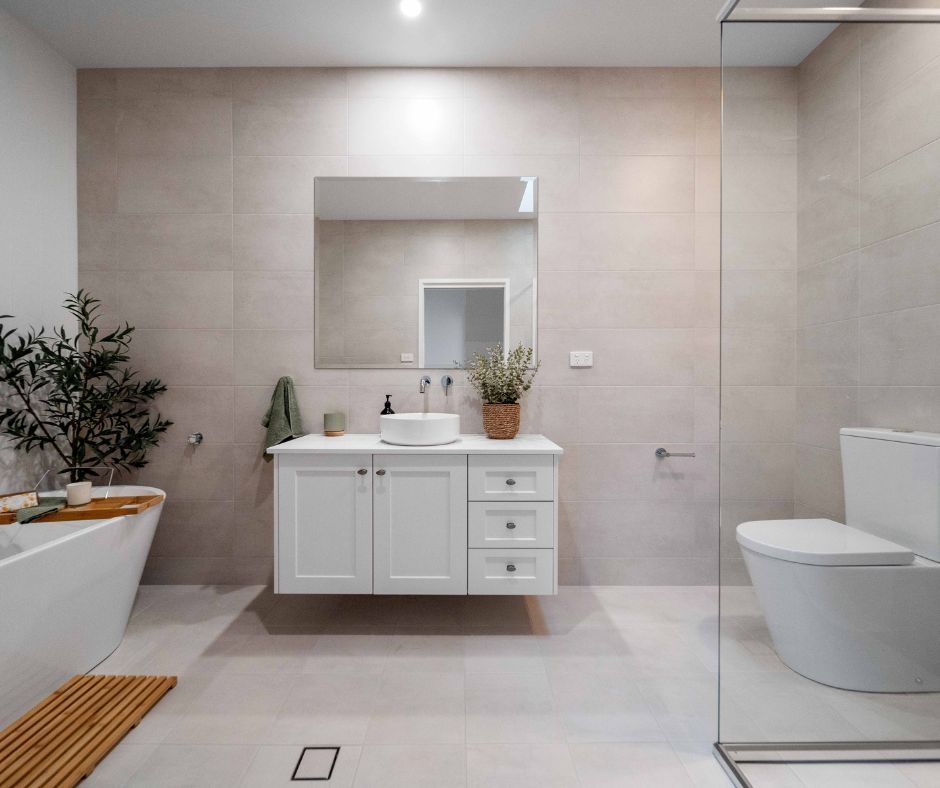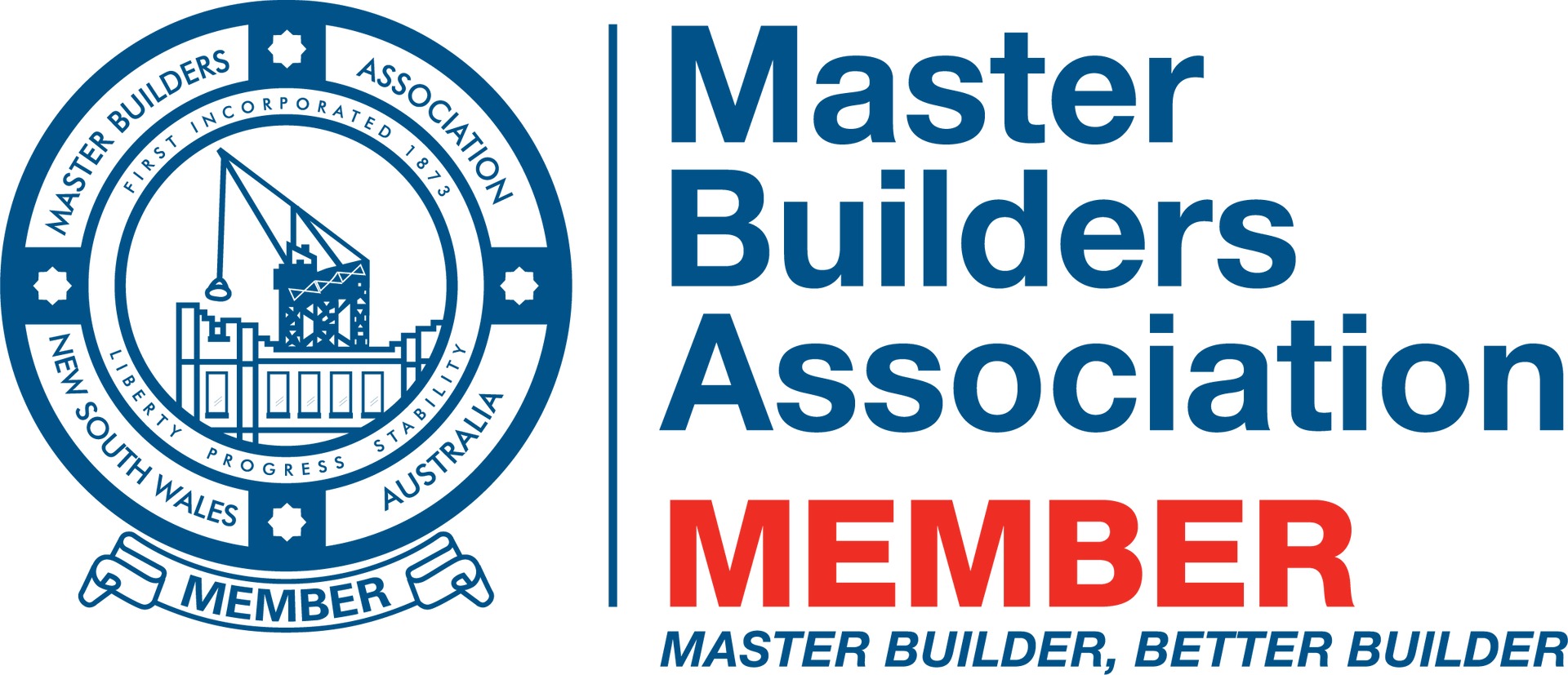Are Steel Frame Houses Good? Pros & Cons for Australians?
As you start planning your new home build, one question often comes up: are steel-framed houses worth considering? It’s a fair question, especially in Australia, where bushfires, termites, and harsh climates are part of the building equation.
Steel framed construction is often marketed as modern, durable and low-maintenance, but does it really hold up against local conditions? In this blog, we’ll unpack the pros and cons of steel frames, explore how they compare with timber and hybrid options, and give you practical tips to decide if they’re right for your project.
Understanding Steel Frame Construction
A steel framed house uses light-gauge or structural steel in place of timber for the main skeleton of the building. The framework holds up the walls, roof and floors, providing strength and stability.
In Australia, most residential homes are built using light-gauge steel, valued for its precision, strength and ease of installation. It’s manufactured to exact standards, lightweight and designed for quick assembly. Unlike traditional hardwood frames, steel doesn’t warp or twist with changes in temperature and humidity.
Whilst timber has dominated for generations, steel framing has gained ground since the 1990s, particularly in regions prone to termites and bushfires.
Are Steel-Framed Houses a Good Fit for Australia’s Unique Climate?
Australia’s environment demands tough homes and for those asking why steel-framed houses are good? Steel frames deliver resilience across a wide range of conditions.
Bushfire Resistance
Steel does not burn, so it will not add fuel to a fire. This makes it a safer choice in bushfire zones where building standards are strict.
Termite Protection
Unlike timber, steel is not a food source for termites or borers. This eliminates the risk of costly infestations and long-term structural damage, particularly in areas with high pest activity.
Weather Durability
Steel frames maintain their shape and strength in cyclonic winds, heavy storms and flood-prone environments. Their engineered design helps them outperform timber when exposed to extreme weather events.
Local Climate Considerations
Steel works across different regions of Australia. It resists mould in the tropics, avoids cracking in dry inland areas, and lasts in coastal places when treated against salt.
Are Steel-Framed Houses Any Good in Terms of Design & Flexibility?
Steel framing is not only strong, but it also allows for more creative and practical design options.
Structural Strength
Steel can support wide, open spans without heavy support beams. This makes it ideal for modern homes with open-plan layouts and larger windows.
Lightweight Durability
Steel is strong but lighter than some other materials, which reduces pressure on the soil. This makes it suitable for building on sloped sites or areas with shifting ground.
Prefab Compatibility
Steel suits prefabricated and modular builds. Expect faster build times and a high-quality finish.
Sustainability & Long-Term Value of Steel Framed Homes
Steel offers long-lasting benefits whilst also supporting more sustainable building practices.
Recyclability
Steel is 100% recyclable and often made from recycled materials. Choosing it helps reduce demand for new raw resources.
Low Waste
Because steel frames are usually prefabricated, builders cut and shape materials off-site. This creates less waste during construction.
Longevity
With galvanised coatings, steel frames can last for decades without warping, shrinking or rotting. They require very little ongoing maintenance.
Resale Value
Homes built with steel are often viewed as more durable and reliable. This can increase their appeal and
value on the property market.
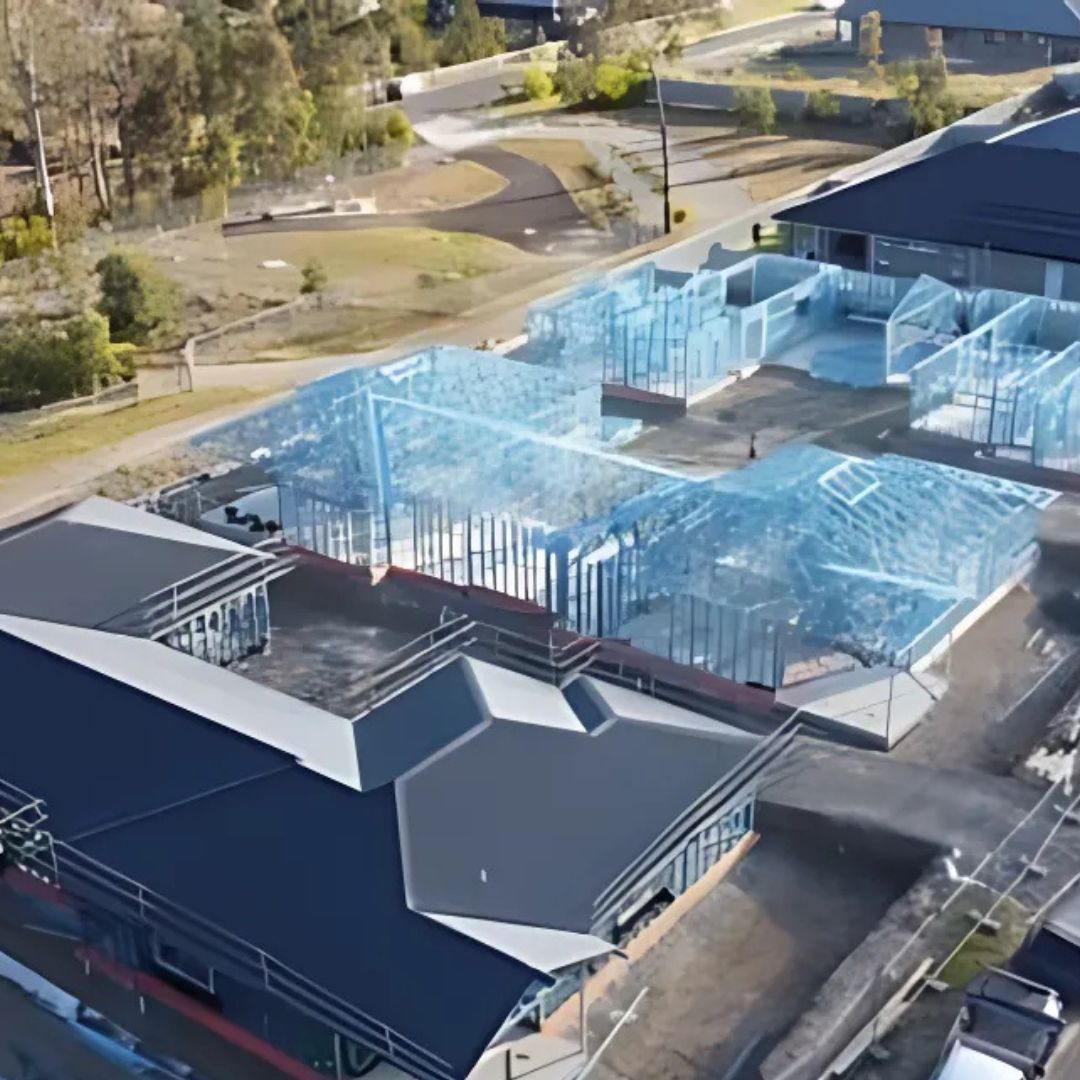
Downsides to Consider
Steel frames are strong, but they aren’t without challenges. Knowing the potential drawbacks helps you plan and avoid costly issues.
Thermal Bridging
Steel transfers heat and cold more easily than timber. To keep the home comfortable and energy efficient, the frame must be fitted with proper insulation and thermal breaks.
Condensation Issues
Moisture can build up around steel frames if vapour barriers are not used. This may lead to dampness if not managed during construction.
Corrosion Risk
In coastal areas, salty air can cause steel to rust over time. Protective coatings and treatments reduce this risk and extend the frame’s life.
Acoustic Factors
Steel can carry sound more than timber, which may make a home noisier. Good insulation can prevent this and create a quieter living space.
It is always best to work with licensed Australian builders who understand local codes, council requirements and the right methods for your area.
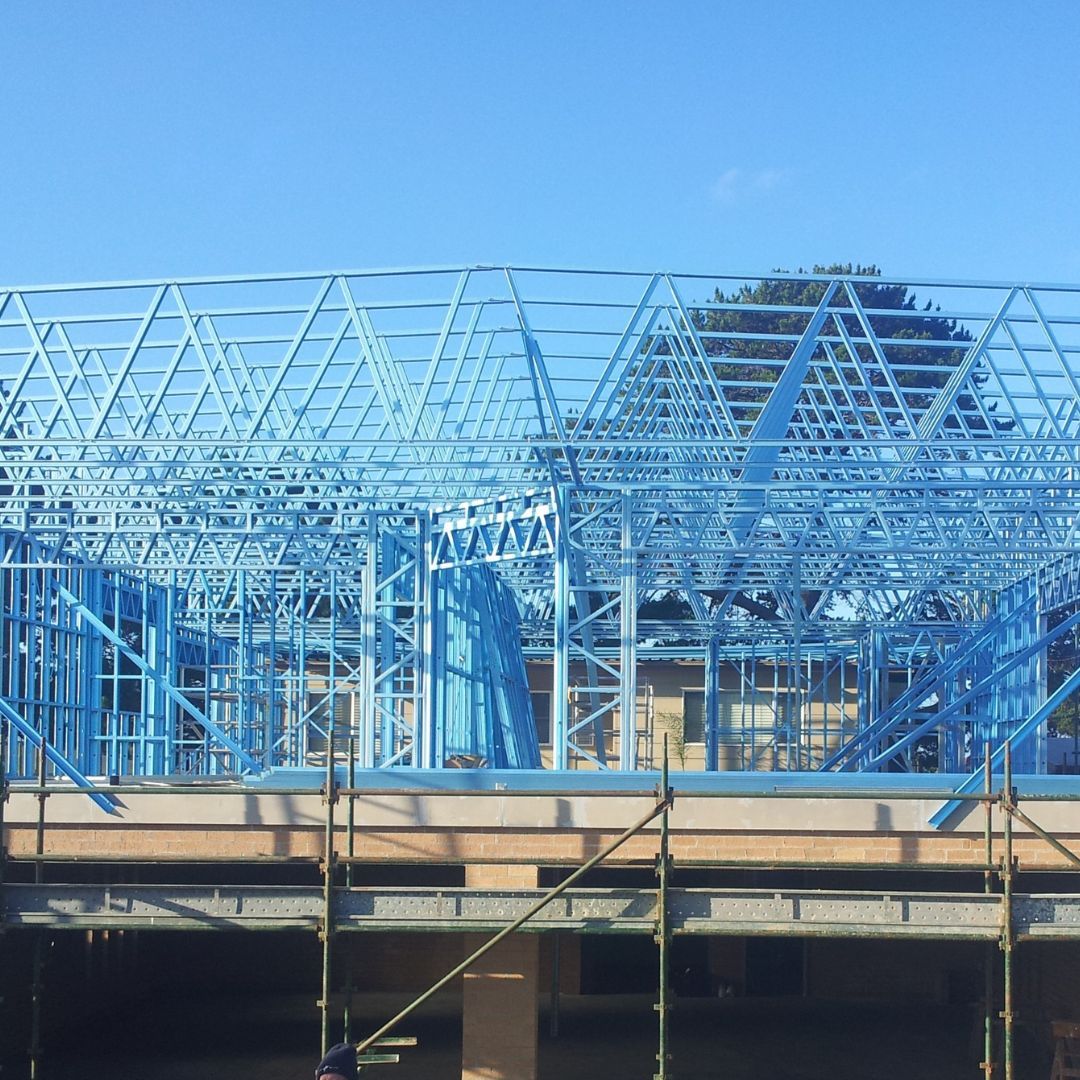
Build Smart with Powerbuild Homes
Looking for a home that holds up in Australian conditions?
Powerbuild Homes builds steel framed houses that go the distance. We also handle high-quality
extensions and
renovations to bring you more room and better flow, without losing the look you love.
Whether you’re starting fresh with a new build, upgrading with
steel house frames, or modernising your current home, we have the expertise to bring your plans to life.
Contact us
today for a consultation or quote and experience the Powerbuild difference, where strength meets smart design.

